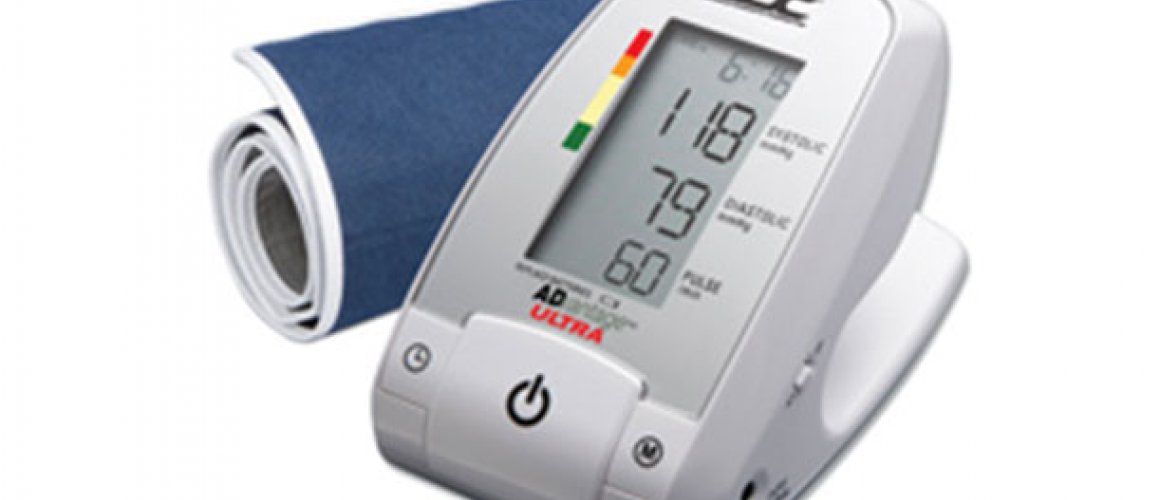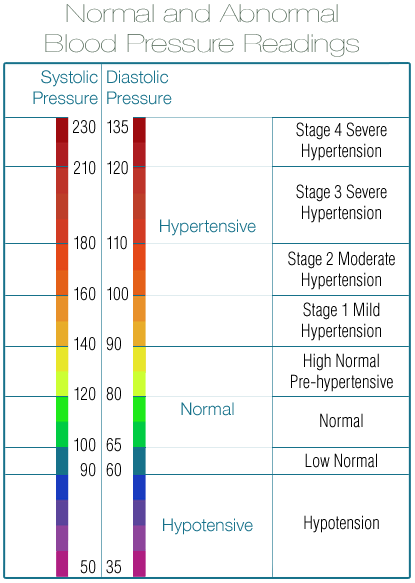- Products
- New Products
- Featured Products
- Color and Print Themes
- Blood Pressure Measurement
- NIBP / Vital Sign Monitors
- Digital Aneroid Sphygmomanometers
- Palm Aneroid Sphygmomanometers
- Pocket Aneroid Sphygmomanometers
- Pro's Combo Sphygmomanometers
- Multicuff Sphygmomanometers
- Clock Aneroid Sphygmomanometers
- Mercury Sphygmomanometers
- Home Blood Pressure Measurement
- Adcuff +
- Gauges
- Bulb & Valves
- Disposable Cuffs
- Reusable Cuffs & Bladders
- Sphygmomanometer Accessories
- Sphygmomanometer Parts
- Caseware
- CPR / Airway
- EENT
- Instruments & Accessories
- Laryngoscopes
- Penlights
- Pulse Oximeters
- Stethoscopes
- Thermometry
- Vital Signs Monitors
- Solutions
- About ADC
- Learning Center
- Support
- Blog
- Contact
National Hypertension Education Month

Written By:
Cindy Maley / Product Manager
Posted On:
May 07, 2013
May was established as National Hypertension Education Month and for good reason – the statistics are alarming. We all need to better understand the consequences of elevated blood pressure and what we can do to lower our BP values.
First the statistics: nearly 1/3 of U.S. adults – 68 Million of us – suffer from high blood pressure, also known as hypertension. Sometimes referred to as the silent killer because sufferers often exhibit no symptoms, it is estimated that 8% of us don’t even know we have it. And less than half of us who do know have it under control. Hypertension is of great concern because it leads to heart attack and stroke – two of the leading causes of death in the United States. In 2008, the most recent year for which statistics were compiled, hypertension was a primary contributing cause of death for 347,000 Americans. The financial costs of hypertension to the US economy are staggering - $156 BILLION annually with medical costs accounting for just under $131 billion and the rest in lost productivity.
The good news is that hypertension can be controlled and even prevented.
Here are a few things YOU can do to get your BP under control:
Limit Sodium intake. Excessive sodium intake increases the risk of hypertension. When sodium intake is reduced, blood pressure, on average, begins to decrease. In fact, reducing the average American’s intake of sodium to 2300mg/day would prevent 11 million cases of high BP/year.
There are a few simple steps you can take to control how much sodium you eat each day:
- Eat more fresh fruits and vegetables, or frozen fruits and vegetables, with no sauce or salt added.
- Read nutrition labels and choose lower sodium options.
- Cook meals at home from scratch, and use herbs and spices, rather than salt or packaged sauces, to season your foods.
- Ask restaurants for low sodium options or not to add salt to your food.
To learn more about reducing sodium in your diet, visit www.cdc.gov/salt. In addition to reducing sodium, there are other lifestyle changes you can make to help keep your blood pressure within a healthy range:
-
 Have your blood pressure checked and then monitor it regularly.
Have your blood pressure checked and then monitor it regularly. - Maintain a healthy body weight.
- Exercise regularly.
- Don’t smoke.
- Watch your alcohol intake (fewer than two drinks per day for men, or one drink per day for women).
- If you have been prescribed blood pressure medication, take it as directed.
- If you have trouble with medication side effects, talk to your healthcare professional about other medications you can try.
Knowing your BP is an important first step in prevention and control. It’s a good idea to check your blood pressure regularly, and to take the steps listed above to maintain normal blood pressure (or lower blood pressure) if it reaches unsafe levels. Make a healthy lifestyle a part of your daily routine. As a leading manufacturer of sphygmomanometers, ADC produces a variety of affordable home blood pressure monitors that make it easy to take your blood pressure daily in just a few minutes. From about $20 for a manual instrument, to $125 for our top of the line upper arm fully automatic model with PC-link software (that permits you to track and share your data with your physician), we have a model that’s right for you. For our line of home BP monitors, visit our Home Blood Pressure page.
